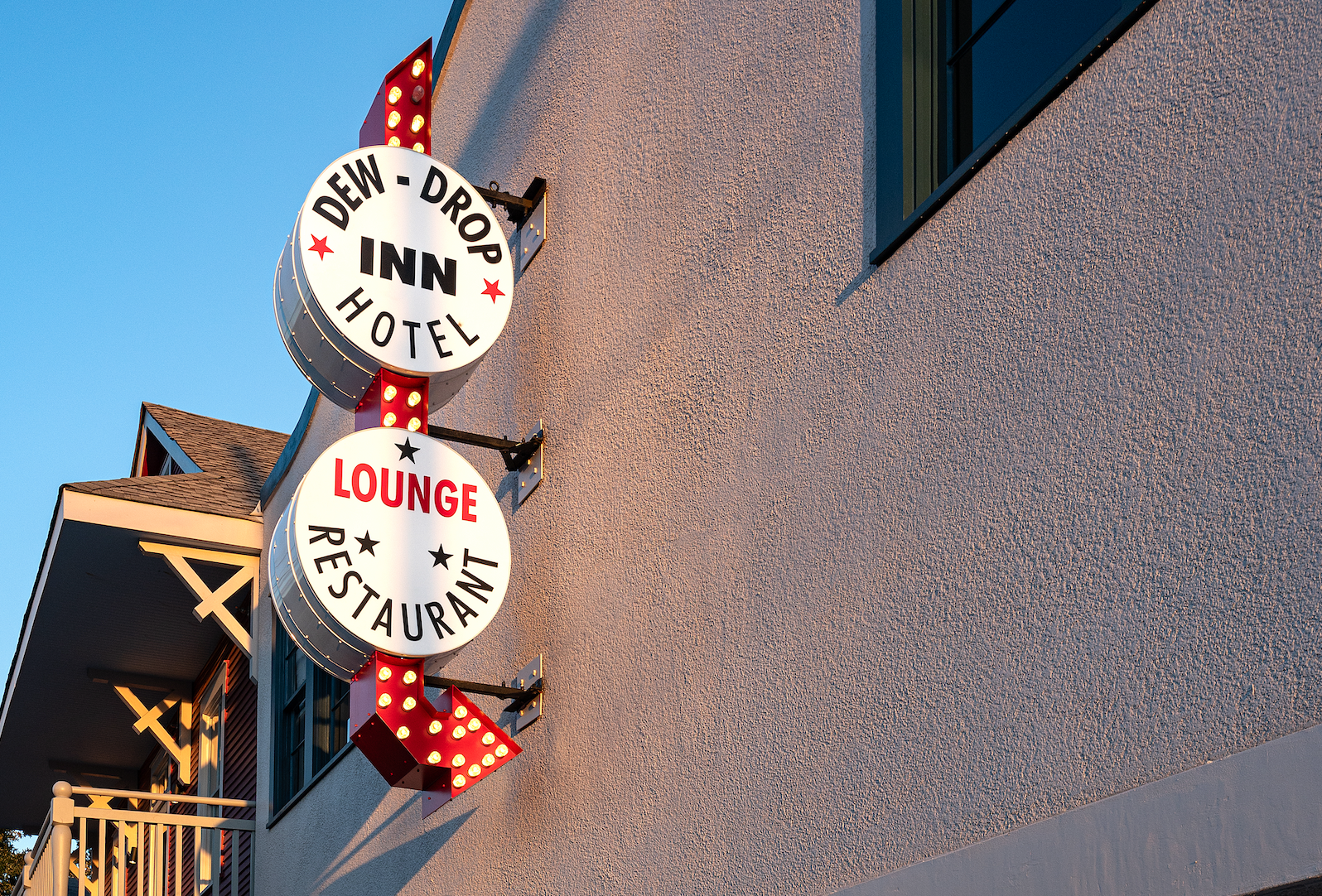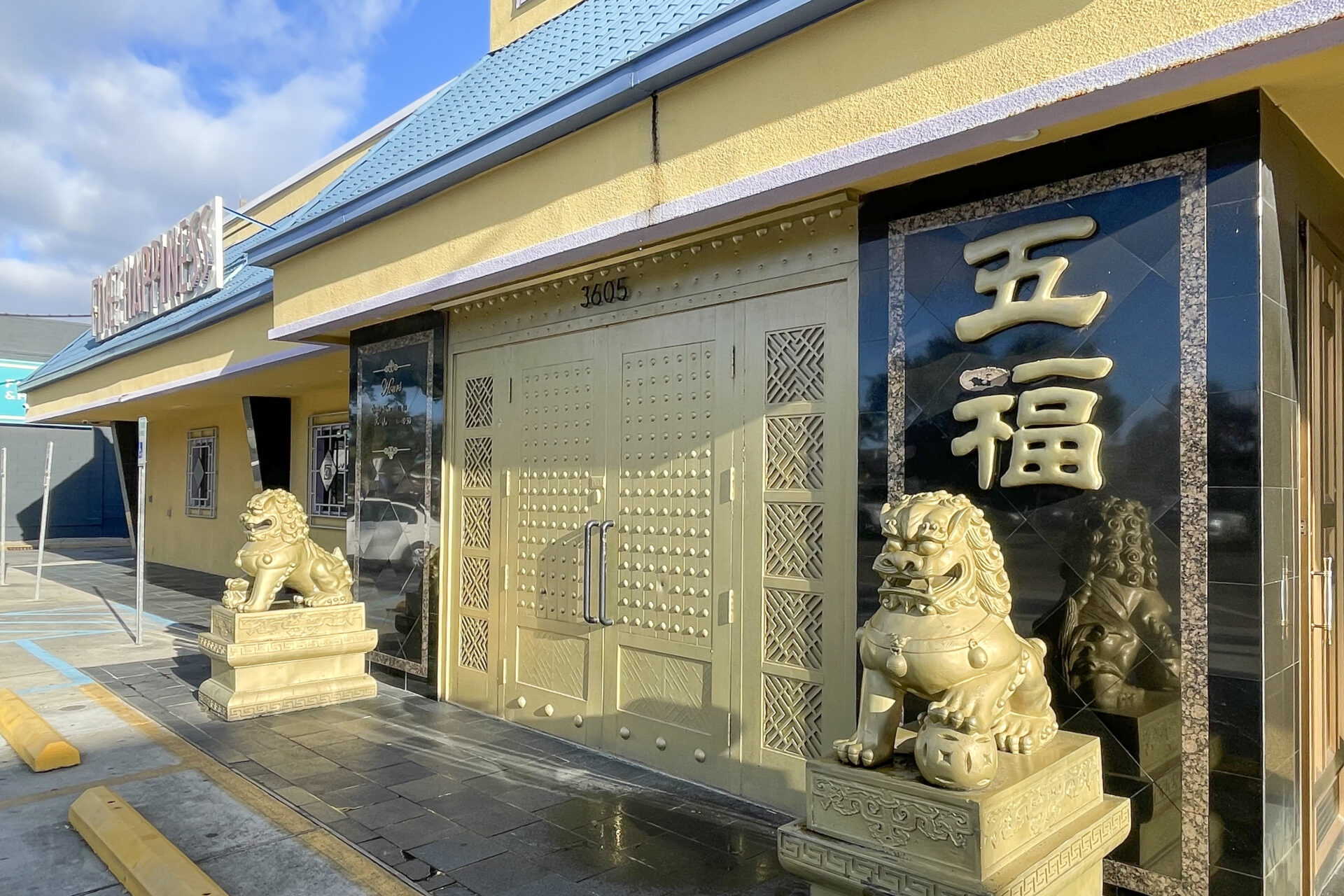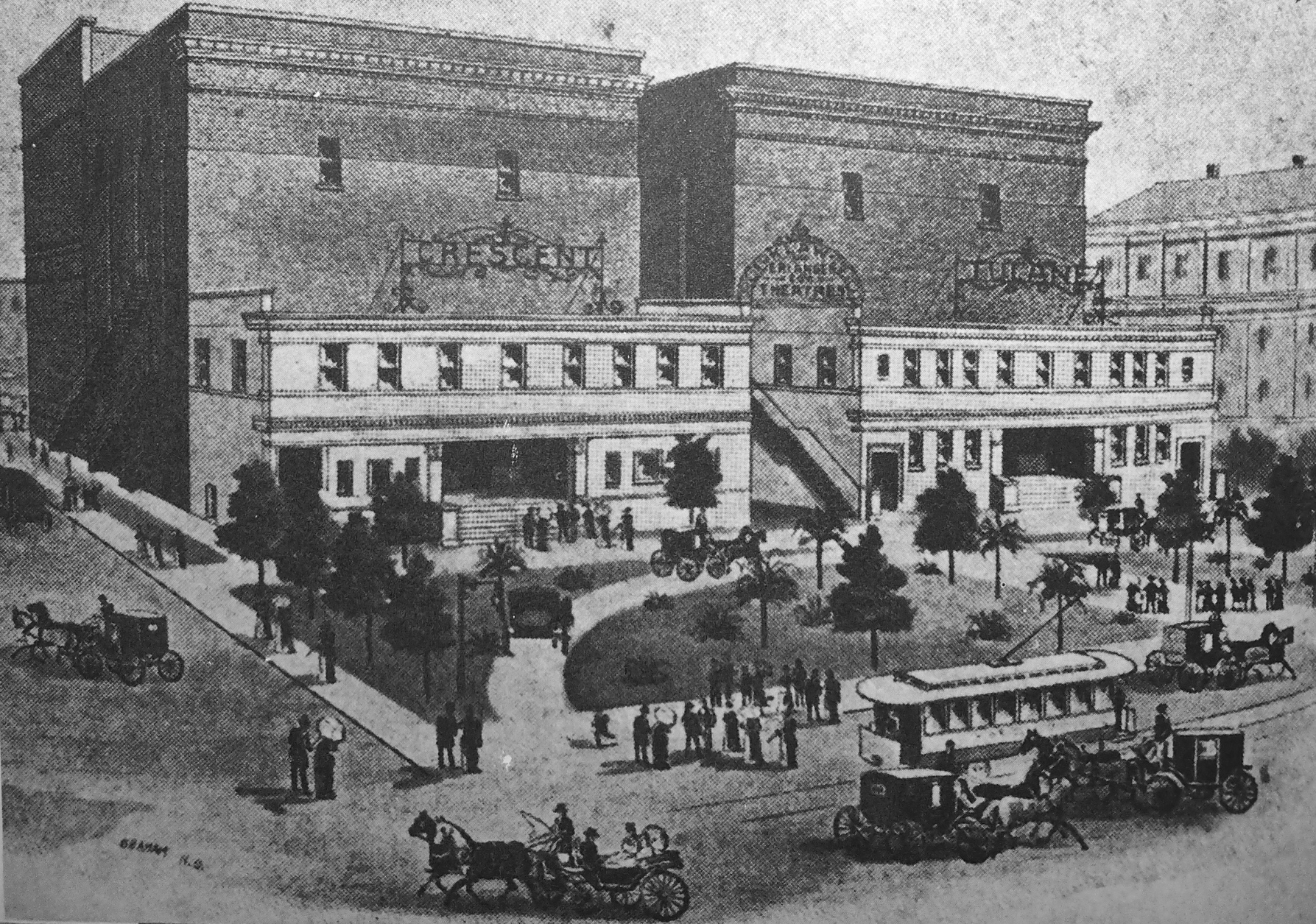
Jarrett E. Cohen
Principal and Chief Investment Officer
JECohen
This story appeared in PRC’s Preservation in Print magazine. Interested in getting more preservation stories like this delivered to your door? Become a member of the PRC for a subscription!
Over the past few years, many investors have gotten nervous about the challenges facing commercial real estate, particularly in the retail and office sectors. But your investment management firm, JECohen, has been building an impressive portfolio, with $52 million in assets, including properties in New Orleans and Baton Rouge. What about the commercial real estate market do you find attractive?
At JECohen, we think, plan and invest for the long term. This long-term approach is at the heart of our firm strategy, our clients’ financial strategies, and our investment decision-making. Commercial real estate investments offer our clients the potential for reliable rental income, property appreciation and tax benefits, as well as diversification of their stock and bond investment portfolios.
We maintain a value investing discipline across JECohen, whether we are talking about stocks or real estate. Simply put, we tend to get more excited as investors become more nervous. Real estate investing and development broadly require a local focus, and I would suggest New Orleans requires a hyperlocal focus. For example, the retail sector may be concerning in many cities, but Canal Street offers retailers attractive prospects to capitalize on the robust tourism industry in New Orleans. This business case is supported by the strong hospitality industry and the recent uptick in upper floor developments across the Canal Street corridor.
Your firm purchased and just finished renovating 714 Canal St., a five-story building constructed circa 1909 in the Italian Renaissance style. You also recently purchased the first and second floors of the New Orleans Cotton Exchange building, 231 Carondelet St. What attracted you to those properties in particular?
714 Canal St. was acquired in December 2018. The development is mixed-use, with the ground floor retail space leased by IT’SUGAR, and the upper floors serving as a boutique hotel with 28 beds across 14 units leased by Roami.
From the beginning, we envisioned the development as a nod to the former grandeur of Canal Street and that in five to 10 years, many of the buildings along the stretch would be filled with tenants that bring higher quality visitors and customers. Higher quality spaces and developments can boost the local economy, and we truly believe that this corridor can once again be an economic center in New Orleans.
As for the New Orleans Cotton Exchange, when it came time for JECohen to move its base operation to a larger office, we envisioned a space that would appropriately represent the clients and communities JECohen serves. Marrying the rich history of the New Orleans Cotton Exchange with the intrinsic values of JECohen was an ideal match. Now, the work JECohen is accomplishing in our communities is as historically significant as the building in which it is headquartered.
Canal Street has gone through financial ups and downs for decades. As a developer, what do you think are Canal Street’s biggest assets and what are its biggest challenges?
Canal Street has a rich history and remains a major thoroughfare in New Orleans, so the historical significance and location position it as an incredible asset. Its proximity to the French Quarter and Central Business District makes Canal Street a prime location for development. Additionally, Canal Street is a commercial hub, accessible by public transportation, proximate to the Mississippi River and very much a part of the food, music and culture that is New Orleans — all reasons that offer potential and make it an attractive option for real estate development.
In terms of challenges, there are many, but I think addressing the homelessness and aging infrastructure (e.g. sewerage and water systems, etc.) along the corridor are chief among them.
You are from South Carolina, but you decided to put down roots and build your business here. What do you like most about living in New Orleans? If you had a magic wand and could improve one thing about the city, what would it be?
I love the romance in New Orleans. The poem “Success” by Bessie Anderson Stanley often comes to mind when people ask me, “Why New Orleans?”
Stanley wrote, “He who has achieved success has lived well, laughed often, and loved much.” New Orleans checks all these boxes for me. I feel like I am compounding continual success by simply living a more fulfilled life each day here. I often encounter laughter and love whether I am serving the community and our clients through JECohen or dining out with friends. There are not many cities that offer this from my vantage point.
I often say that New Orleans’ culture is its greatest asset but also its Achilles heel. I believe there is an opportunity to lean further into the culture but from a more inclusive narrative. By making this small yet significant change, New Orleans could restore itself as a beacon of economic development and robust job growth alongside its well-seasoned culture. JECohen’s efforts and success over the past nine years is a testament to this vision.





